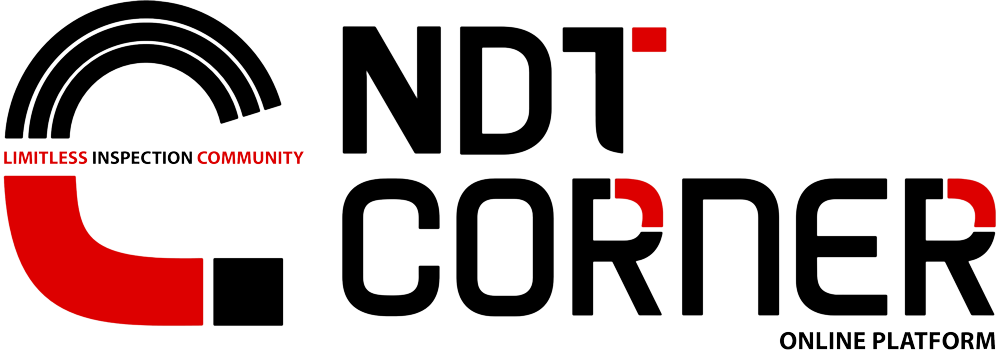Brine Corrosion of Carbon Steel Piping
20 Nov 2022 Download PDF
Brine Corrosion is a widespread or localized pitting occurring on the surface of equipment exposed to aqueous solutions of dissolved salts (e.g., Sea water), typically a chloride or other halide salt. This mechanism is often present with other mechanisms such as oxygen, galvanic, and microbiologically influenced corrosion (MIC).
Among other materials carbon steel is the most common material exposed to brine solutions.

Figure (a): Pipe spools with internal corrosion where flowing seawater chipped off damaged coating, causing more bare steel areas to be exposed.
Figure (b): Shows crevice corrosion on the flange gasket face area.
Figures (c) and (d): Show the coating flaked causing severe localized corrosion on the inner pipe surface.
High velocity can contribute to erosion-corrosion, especially if particulates are present. The presence of free chlorine above approximately 0.5 ppm (e.g., biocide treatment in seawater systems) increases seawater corrosion rates of carbon steel, in both stagnant and flowing conditions.
For Carbon Steel Piping: heavy scaling and possible tubercles are expected, since the mechanism is typically a result of chlorides or other anions accelerating oxygen pitting. Removal of the scale reveals under-deposit type corrosion and large, wide pits, with corrosion rates observed up to 60 mpy.
Internal coatings can provide some protection to carbon steel for this type of service. Epoxy phenolic and coal tar epoxy coatings have been used as well as polypropylene-lined pipe. However, care must be taken to avoid galvanic coupling with more noble materials. Also, the coating integrity must be well maintained to prevent creating an aeration cell next to voids.
Below case illustrate auxiliary cooling water (ACW) pipe which constructed to convey seawater from ACW pumps to a plate-type heat exchanger. The ACW pipe was a 16-in (406-mm) diameter carbon steel (CS) pipes are internally lined with 8 to 12 mils (0.2 to 0.3 mm) of coal tar epoxy. The pipe spools were joined by flanges joints.
Figures above reveals coating removed out and localized corrosion generated internally probably due to corrosion erosion effect. Whereas crevice corrosion formed at the flange flat face.

Figure 2: Internal Preferential corrosion in welds and heat affected zones due to poor quality of the welds as well as their coating.
One of the viable solutions to avoid such damages is to upgrade piping materials to a more corrosion resistant alloy such as a Ni-Cr-Mo alloy or to a non-metallic such as fiber reinforced plastics FRP or polyvinyl chloride (PVC).
FRP is immune and has been the modern material of choice. However, there are limitations on operating pressures and temperatures that can impact the ability to meet design and cost constraints.
For existent old carbon steel lined piping you need to consider thickness measurements, particularly near to welds and flange faces. Then reapply the internal coating or lining if necessary.
